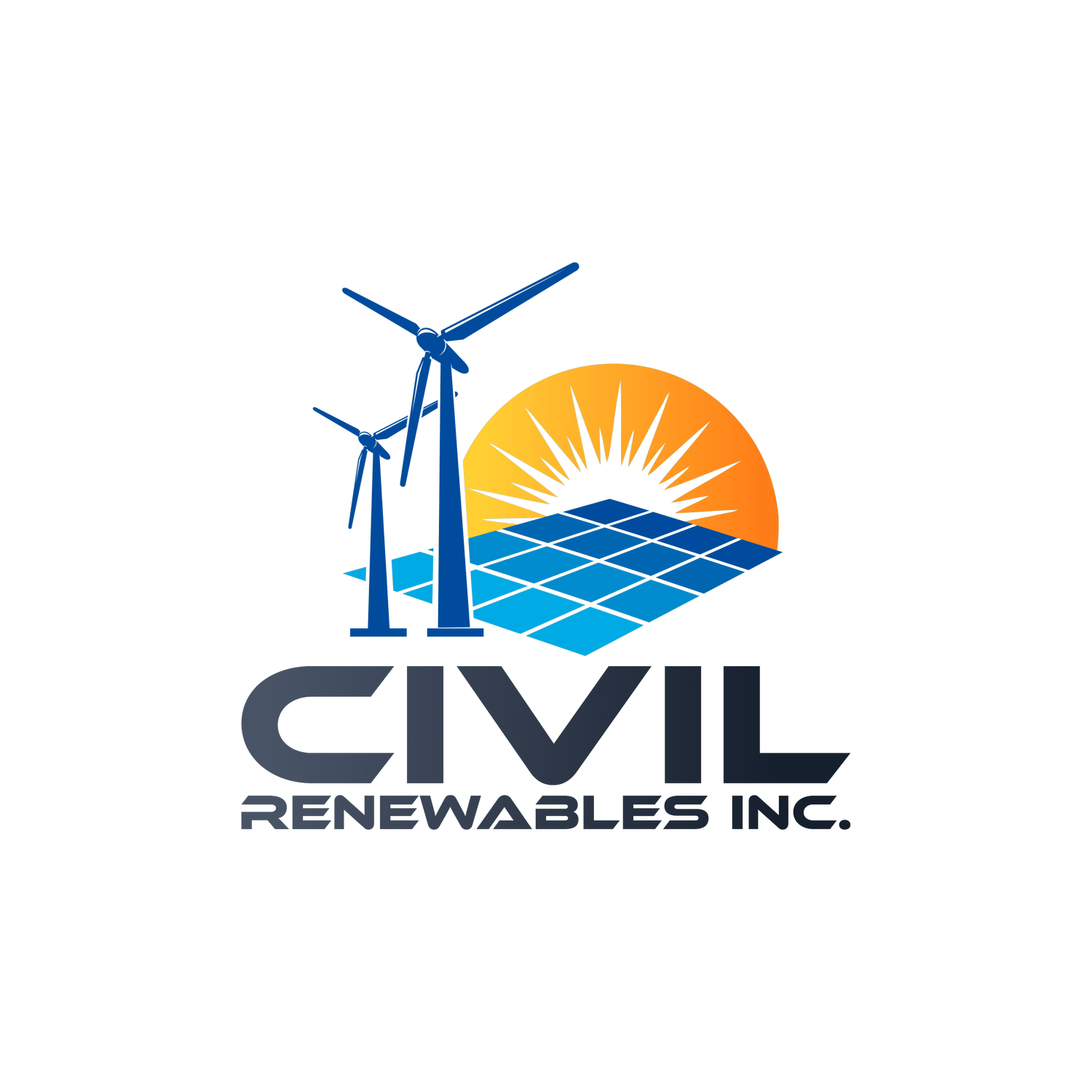
In Codes and Standards, We helped chart the way forward.
At Civil Renewables, we are intimately familiar with North American and international design standards for the design of structures and foundations. We are or have served on many technical committees of leading national and international organizations, such as:
US Expert serving on US Technical Advisory Group (US TAG) of TC-88, which contributes to IEC via ANSI.
Wind Technical Standards Committee of the American Clean Power Association (ACP).
Risk Assessment and Management (RAM) committee of ASCE’s Geo-Institute. This committee organizes the well-established Geo-Risk conference every 3 years.
Below is a selection of our standards development involvement throughout the years.
Active Participation in the Development of Standards
-

ASCE/AWEA RP2011
The ASCE/AWEA RP2011 was a necessity when utility-scale wind energy picked up steam and no standards existed that addressed design concerns specific to wind turbine support structures and their foundations.. Interpretations of existing building codes varied wildly within the growing community of industry pioneering engineers. The “Recommended Practice” document represented non-binding consensus that germinated within the ASCE SEI Wind Effects Committee then grew to bring in AWEA (American Wind Energy Association), the predecessor to ACPA (American Clean Power Association). Here is a description of its contents published by Structure Magazine.
The “Recommended Practice” document is currently undergoing an update, possibly morphing into a standard.
Our Contribution: Principal Engineer, Jomaa Ben Hassine, who was a long-time member of the ASCE SEI Wind Effects Committee initiated the idea within this committee and then participated in the joint ASCE/AWEA document development.
-

IEC 61400-6 (2020)
IEC 61400-6 specifies requirements and general principles to be used in assessing the structural integrity of onshore wind turbine support structures and their foundations. The scope includes the geotechnical assessment of the soil for generic or site specific purposes. The scope includes all life cycle issues that may affect the structural integrity such as assembly and maintenance.
The standard assumes that load data has been derived as defined in IEC 61400-1 or IEC 61400-2 and using the implicit reliability level and partial safety factors for loads.
Our Contribution: Principal Engineer, Jomaa Ben Hassine, served as a US expert on the Technical Advisory Group (US TAG) to TC-88 which coordinated US participation in the development of this international standard.
-

ACP 61400-6 (2023)
This ANSI-approved ACP standard is a modified adoption of International Standard “IEC 61400-6 ED1, Wind energy generation systems – Part 6: Tower and foundation design requirements.” The national committee responsible for this standard is the Structures Subcommittee of the American Clean Power Wind Technical Standards Committee. This standard contains requirements that are relevant under the International Building Code and codes and standards incorporated by reference therein.
Our Contribution: Our Principal Engineer, Jomaa Ben Hassine, co-chaired the development of this modified IEC61400-6 document.
-

ASCE Foundations Standard (Under Development)
US geotechnical engineers and foundation designers will finally have a design standard: “ASCE XX-XX: Foundations for Buildings and Other Structures.” This effort is on-going and interested parties are encouraged to participate. More information is available in the YouTube video below.
Our Contribution: Our Principal Engineer, Jomaa Ben Hassine, is currently serving as secretary for this national committee.

